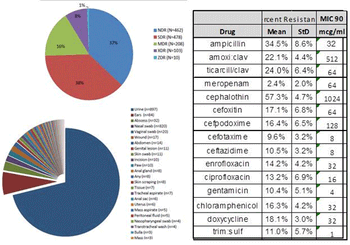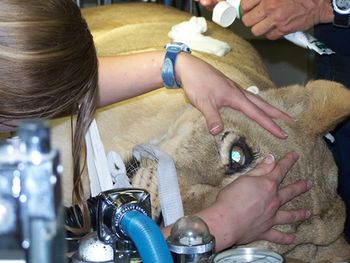
Clinically significant drug interactions are rarely reported in veterinary medicine, however the incidence is probably far greater than is reported. With the introduction of more and more veterinary drugs, as well as the use of more human drugs in animals, the incidence is likely to increase in the next few years.











